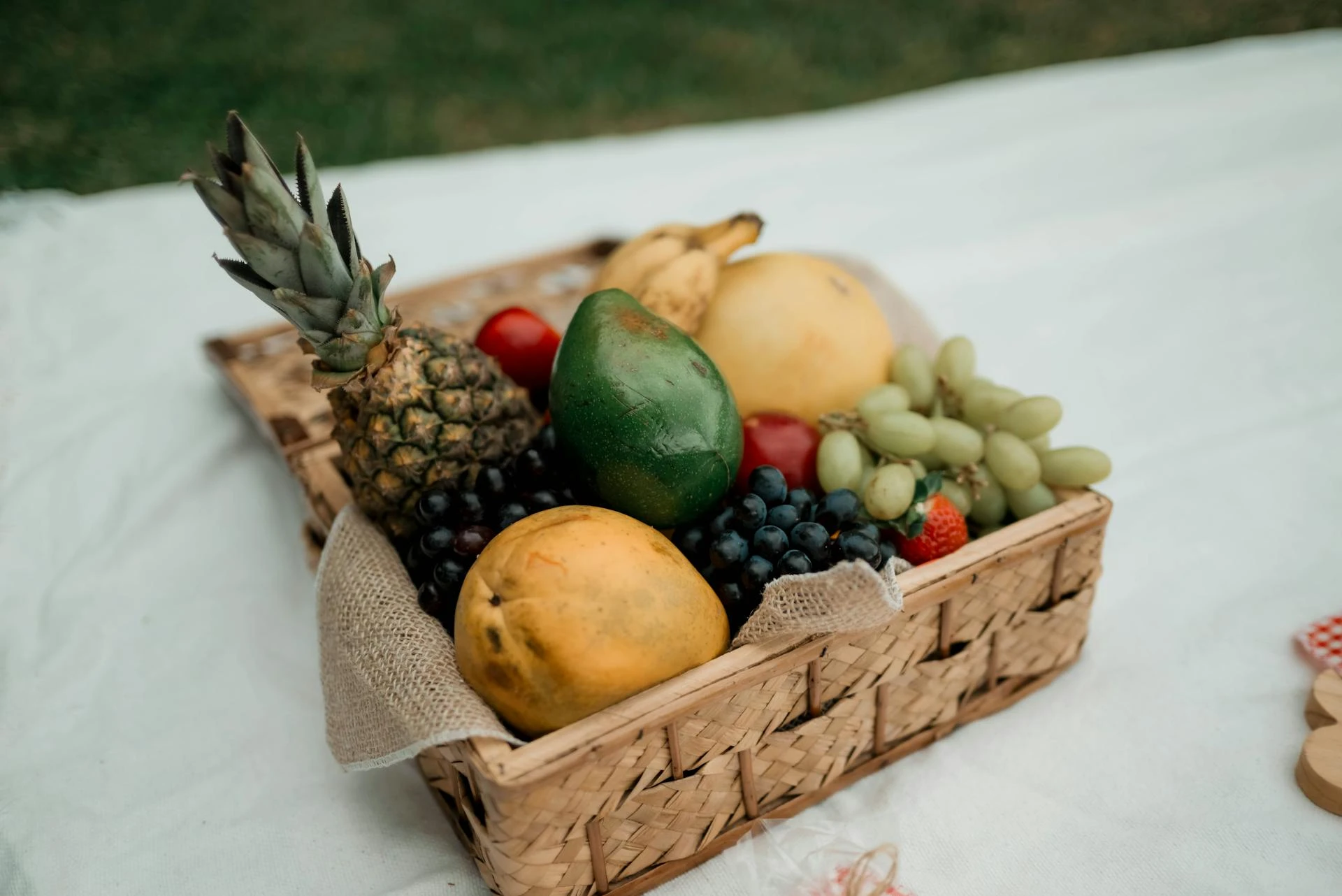Table of Contents
Managing blood sugar doesn’t have to rely solely on medication. In fact, nature offers a wide array of foods that can help regulate glucose levels and improve insulin sensitivity. For diabetics and pre-diabetics, incorporating the right foods into daily meals can make a significant difference in blood sugar control, energy levels, and overall health.
This article explores the most effective blood sugar-friendly foods, how they work, and tips on including them in a balanced diet for natural glucose regulation.
How Certain Foods Help Regulate Blood Sugar
The body’s ability to manage blood sugar is influenced by more than just carbohydrate intake. Some foods have low glycemic indexes, meaning they raise blood sugar slowly. Others are rich in fiber, healthy fats, or specific plant compounds that improve insulin function and support glucose metabolism.
Eating the right foods regularly can:
- Reduce insulin resistance
- Lower post-meal blood sugar spikes
- Improve long-term markers like HbA1c
- Decrease inflammation that interferes with insulin function
Top Natural Foods That Help Control Blood Sugar
1. Leafy Green Vegetables
Leafy greens like spinach, kale, collard greens, and arugula are low in calories and carbohydrates but high in fiber, magnesium, and antioxidants.
Benefits:
- Slow down carbohydrate digestion
- Provide nutrients that support insulin activity
- Help reduce oxidative stress linked to diabetes
How to eat them:
- Add to salads, omelets, smoothies, or stir-fries
- Use as a base for grain bowls or side dishes
2. Berries
Strawberries, blueberries, raspberries, and blackberries are naturally sweet but low on the glycemic index. They’re rich in fiber and anthocyanins, which improve insulin sensitivity.
Benefits:
- Reduce post-meal glucose response
- Support weight management through fiber content
- Provide antioxidants that protect blood vessels
How to eat them:
- Add to Greek yogurt or oatmeal
- Blend into smoothies
- Eat as a snack instead of sugary desserts
3. Fatty Fish
Salmon, sardines, mackerel, and herring are packed with omega-3 fatty acids, which reduce inflammation and improve insulin function.
Benefits:
- Improve heart health (crucial for diabetics)
- Support insulin sensitivity
- Help regulate triglycerides and blood sugar
How to eat them:
- Grill, bake, or pan-sear with olive oil and herbs
- Include in weekly meal planning at least twice a week
4. Whole Grains
Whole grains like quinoa, oats, barley, and brown rice contain more fiber and nutrients than refined grains, helping slow glucose absorption.
Benefits:
- Lower glycemic impact than white flour products
- Improve gut health and insulin sensitivity
- Increase satiety, helping with weight control
How to eat them:
- Choose steel-cut or rolled oats for breakfast
- Use quinoa or barley in place of white rice or pasta
5. Beans and Legumes
Lentils, chickpeas, black beans, and kidney beans are excellent sources of complex carbs, protein, and soluble fiber.
Benefits:
- Slow carbohydrate digestion
- Help lower post-meal blood sugar
- Provide plant-based protein for muscle health
How to eat them:
- Make soups, stews, and salads
- Blend into dips like hummus
6. Nuts and Seeds
Almonds, walnuts, chia seeds, and flaxseeds provide healthy fats, fiber, and protein, all of which contribute to steady blood sugar levels.
Benefits:
- Slow glucose absorption
- Improve cholesterol and inflammation markers
- Support satiety between meals
How to eat them:
- Snack on a small handful
- Add to yogurt, oatmeal, or smoothies
- Use nut butters (without added sugar)
7. Cinnamon
This common spice has been shown to improve insulin sensitivity and reduce fasting blood glucose.
Benefits:
- Contains cinnamaldehyde, which impacts glucose metabolism
- Acts as a natural blood sugar modulator
How to use it:
- Sprinkle on oatmeal or in coffee
- Add to smoothies or roasted vegetables
8. Garlic and Onions
Garlic and onions are rich in organosulfur compounds that reduce inflammation and may improve blood sugar control.
Benefits:
- Support immune and cardiovascular health
- Improve insulin response in some studies
How to use them:
- Use in sautéed dishes, soups, and sauces
- Add raw to salads or dips for stronger effects
9. Avocados
Avocados are full of monounsaturated fats and fiber, both of which are beneficial for insulin sensitivity and stable energy.
Benefits:
- Slow the digestion of other carbs in a meal
- Help lower LDL cholesterol
- Reduce post-meal glucose spikes
How to eat them:
- Spread on toast
- Add to salads, smoothies, or grain bowls
10. Apple Cider Vinegar
Apple cider vinegar has been shown to improve insulin response when taken before meals.
Benefits:
- Slows gastric emptying
- Helps blunt blood sugar rise after eating carbs
How to use it:
- Mix 1 tbsp in water before meals
- Use in salad dressings or marinades
Meal Planning Tips for Natural Blood Sugar Control
To make the most of these foods, focus on building balanced meals that combine:
✔ Lean protein
✔ High-fiber vegetables
✔ Low-glycemic carbs
✔ Healthy fats
Examples:
- Grilled salmon with quinoa and roasted broccoli
- Lentil and vegetable stew with a side of leafy greens
- Greek yogurt with berries, chia seeds, and cinnamon
Avoid ultra-processed foods, sweetened beverages, and simple carbs that lead to glucose spikes.
Final Thoughts on Natural Blood Sugar Control
The food choices you make each day play a vital role in your body’s ability to manage blood sugar. By focusing on whole, nutrient-dense foods, rich in fiber, healthy fats, and antioxidants, you can support better insulin sensitivity, reduce inflammation, and take a proactive role in diabetes prevention or management.
Consistency is key—build meals that nourish your body and support long-term health.
Scientific References
- Johnston, C. S., et al. (2004). Vinegar improves insulin sensitivity to a high-carbohydrate meal in healthy adults. Diabetes Care, 27(1), 281-282.
- Jenkins, D. J., et al. (2002). Dietary fiber, glycemic index, and diabetes. The American Journal of Clinical Nutrition, 76(1), 266-273.
- Kim, Y., & Keogh, J. B. (2017). Effects of legume consumption on glycemic control. Nutrients, 9(3), 124.

Leave a Reply